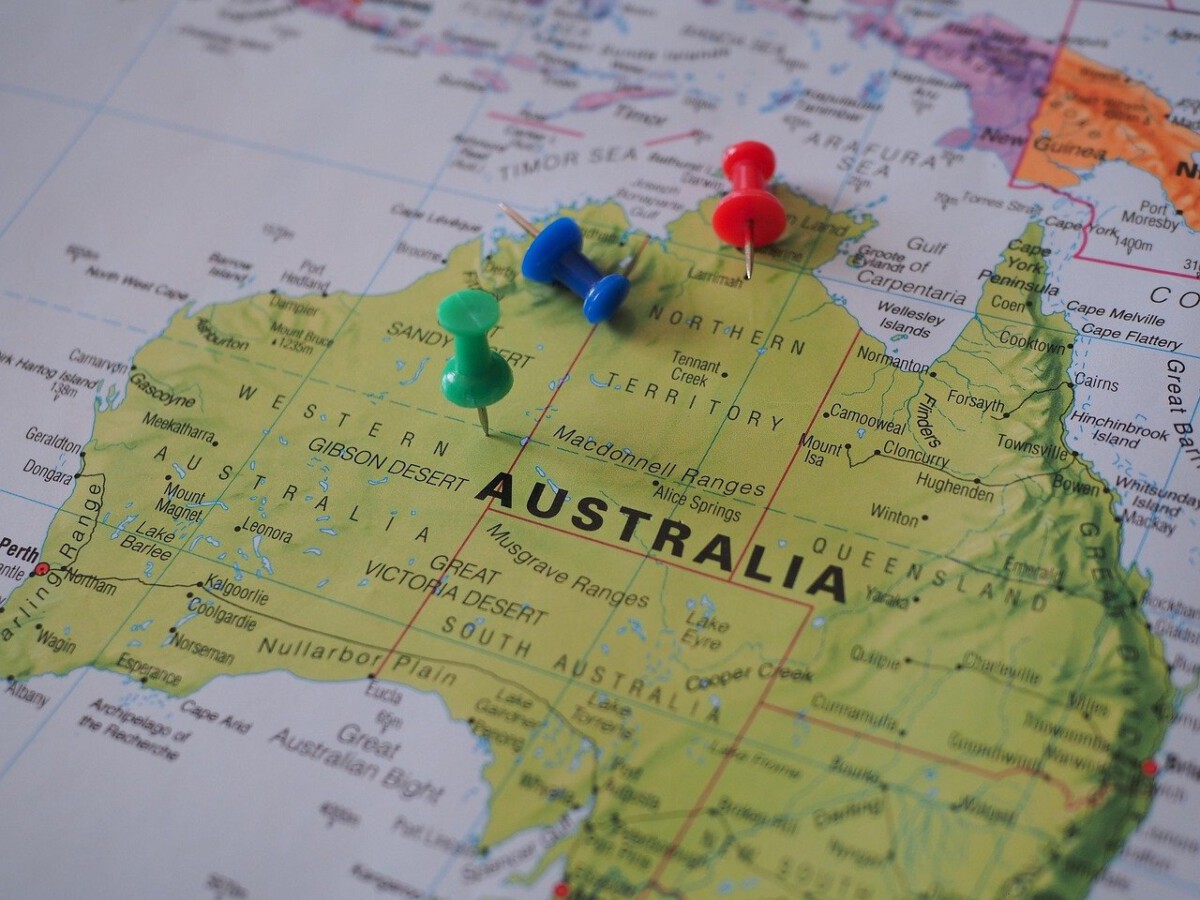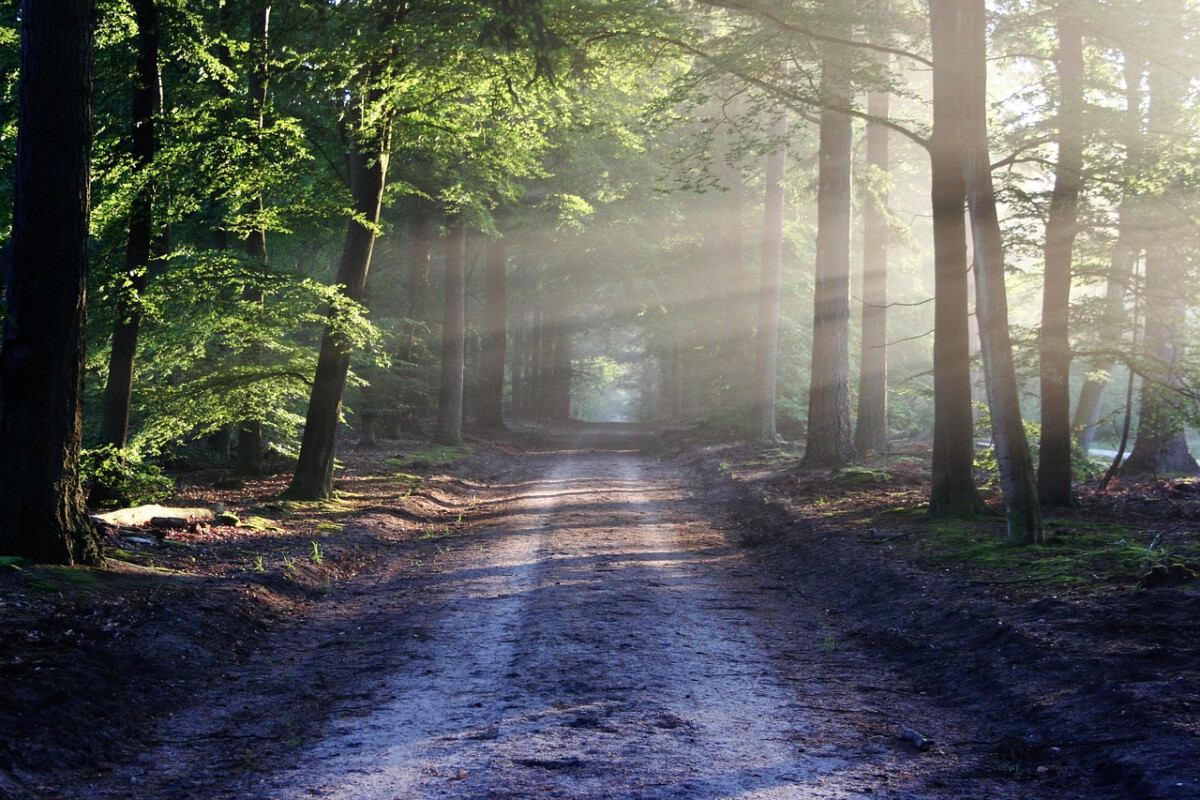Canada: The Unexpected Warmth of the Prairies

Canada is globally recognized for its icy winters, but the Prairies—especially Alberta, Saskatchewan, and Manitoba—are rewriting the script. During July 2024, parts of Saskatchewan shocked meteorologists by reaching 35°C (95°F), far surpassing the usual national summer average. This heat is not just a fluke; the region’s flat landscape lets warm air linger, intensifying heatwaves. In Calgary, the urban heat island effect adds several degrees, making city summers distinctly intense. The Canadian Prairies have seen a 30% increase in the frequency of days above 30°C since 2000, according to Environment Canada. Farmers have had to adjust irrigation schedules and crop selections due to the uncharacteristically hot spells. With climate change pushing these boundaries further each year, summers in the Prairies are now destinations for sun-seekers, challenging the chilly Canadian stereotype.
Norway: The Heat of the Arctic

Norway’s reputation for frigid fjords and snowy peaks was upended in July 2024 when Oslo registered a sweltering 30°C (86°F). This dramatic shift from winter norms (averaging -5°C or 23°F) is increasingly common, and locals now celebrate the “Norwegian summer” with outdoor festivals and midnight swims. The warm Gulf Stream is a major contributor, bringing temperate currents to the southern coast. Recent data from the Norwegian Meteorological Institute shows a 20% rise in days above 25°C over the past decade. Tour operators have responded by offering new water sports and hiking adventures, capitalizing on the balmy weather. Residents and tourists alike are surprised to find themselves sunbathing in a country better known for polar nights. The contrast between winter and summer is now more dramatic than ever, making Norwegian summers truly astonishing.
Russia: Siberia’s Sweltering Summers

Siberia conjures images of endless snow, yet in July 2024, Yakutsk saw the mercury hit 38°C (100°F)—one of its hottest days on record. This isn’t an isolated event; the Russian Federal Service for Hydrometeorology reports that Siberia’s average summer temperatures have climbed by 2°C since 1990. Climate scientists are deeply concerned, as the region’s permafrost is rapidly thawing, releasing methane and exacerbating global warming. Indigenous communities face disrupted hunting and fishing patterns as river ice melts earlier and returns later. The intense heat has also sparked wildfires, with 2024 witnessing over 3 million hectares burned across Siberia. Even resilient local wildlife, like reindeer, are struggling to adapt to the new extremes. Once the epitome of cold, Siberia is now facing a dual threat: relentless summer heat and environmental upheaval.
Chile: The Desert’s Surprising Chill

Chile’s Atacama Desert, famed for being the driest place on Earth, surprises visitors with its nightly chills. In January 2024, while daytime highs reached 30°C (86°F), temperatures plunged to 0°C (32°F) after sunset. The desert’s high elevation and clear skies allow heat to escape quickly, causing dramatic temperature swings that catch travelers off guard. This phenomenon is so pronounced that local tour guides routinely advise guests to pack both shorts and thermal jackets. According to the Chilean Meteorological Directorate, temperature drops of 25°C in a single day are now common. Astrophysicists working at the ALMA Observatory report that equipment must be engineered to withstand these drastic shifts. The Atacama’s unique climate offers an extreme example of how deserts can challenge expectations—not just with heat, but with bone-chilling cold.
Australia: The Cold Snap in the North

Australia’s image as a sun-drenched paradise was shaken in July 2024, when Darwin, typically tropical, recorded a startling 10°C (50°F). This was the lowest winter temperature in the city since records began in 1941, according to the Australian Bureau of Meteorology. The chill came as a result of strong cold fronts pushing north from the Southern Ocean, a trend that has become more frequent in recent years. Crops like mangoes and bananas suffered unexpected cold damage, prompting emergency measures from local farmers. Outdoor events and festivals had to adapt, with some switching to heated venues. Residents bundled up in winter coats—a rare sight in a city known for eternal summer. The unseasonable cold left both locals and tourists rethinking what it means to experience “tropical Australia.”
Japan: The Heat of Hokkaido

Hokkaido, Japan’s northernmost island, is often marketed as a cool summer retreat, but August 2024 shattered that illusion. Sapporo’s thermometers soared to 34°C (93°F), making air conditioning a hot commodity in a region where many homes are built for cold, not heat. The Japan Meteorological Agency attributed this spike to persistent high-pressure systems and shifting jet streams. Summer festivals, usually celebrated in light jackets, saw record attendance as people sought outdoor relief from stifling city heat. Local farmers adjusted crop planting schedules to cope with the new temperature highs. Hokkaido’s tourism board quickly updated promotional materials, highlighting the island’s “unexpectedly warm summers” as a fresh draw. Visitors expecting cool breezes were instead treated to sun-drenched landscapes, marking a new era for this northern gem.
Greenland: The Unexpected Warmth of the Arctic

Greenland, long seen as the icebox of the world, experienced a major climate shock in July 2024: Nuuk reached 25°C (77°F), shattering previous summer records. The Danish Meteorological Institute confirmed that July 2024 was the warmest month ever recorded on the island. Melting glaciers and shrinking sea ice have become visible from local communities, raising urgent concerns among scientists and residents. Tour operators are now offering new boat tours through ice-free fjords that were previously unreachable in summer. Wildlife patterns have shifted, with seals and polar bears spotted farther north than ever before. The warming trend is not just a curiosity; it’s altering the economic and cultural fabric of Greenland. Climate researchers warn that these record temperatures could become the new normal if greenhouse gas emissions are not curbed.
Iceland: The Summer Heatwave

Iceland’s cool, misty image was upended in July 2024, as Reykjavik saw temperatures hit 28°C (82°F)—a figure rarely seen in the nation’s weather history. The Icelandic Meteorological Office reported that 2024 brought the longest stretch of days above 20°C since tracking began. This unexpected warmth prompted a surge in domestic and international tourism, with thousands flocking to the Blue Lagoon and hiking trails in shorts and t-shirts. Local farmers benefited from longer growing seasons, but some expressed concern about drought risks and changing grazing patterns for sheep. City planners are now considering heat mitigation strategies, including more shaded areas and expanded green spaces. For a country celebrated for its glaciers, the sudden heatwave was both a blessing and a wake-up call about the impacts of a warming planet.
Finland: The Warmth of Lapland

Lapland, Finland’s northernmost region, stunned residents and visitors alike in July 2024 when Rovaniemi, just south of the Arctic Circle, reached 30°C (86°F). The Finnish Meteorological Institute documented a 40% increase in days over 25°C compared to the 1990s. Midnight sun tourism surged, as travelers flocked to experience balmy evenings under the never-setting sun. Local businesses responded by expanding outdoor dining and adventure offerings. Yet, the warmth has thrown ecological patterns into disarray, from altered salmon migrations in Arctic rivers to early blooming of wildflowers. Reindeer herders have had to shift grazing routes as traditional pastures dry out faster. Lapland’s transformation from a winter wonderland into a summer hotspot is now a key talking point among climate scientists and travel agencies.
United States: The Cold Surprises of the Southwest

The American Southwest, home to deserts like the Sonoran and Mojave, is synonymous with extreme heat. Yet, in January 2024, Flagstaff, Arizona, recorded an unexpected low of -10°C (14°F). The National Weather Service attributed this cold snap to a rare southward plunge of Arctic air, a pattern that has become more pronounced with changes in the jet stream. Local wildlife, including javelinas and hummingbirds, struggled to adapt, with reports of increased mortality during the freeze. Tourism in Grand Canyon National Park saw a brief downturn as icy roads and snow deterred visitors. Homeowners, unaccustomed to such cold, scrambled to insulate pipes and secure heating supplies. This rare chill served as a stark reminder that even the hottest regions can deliver a winter surprise.







